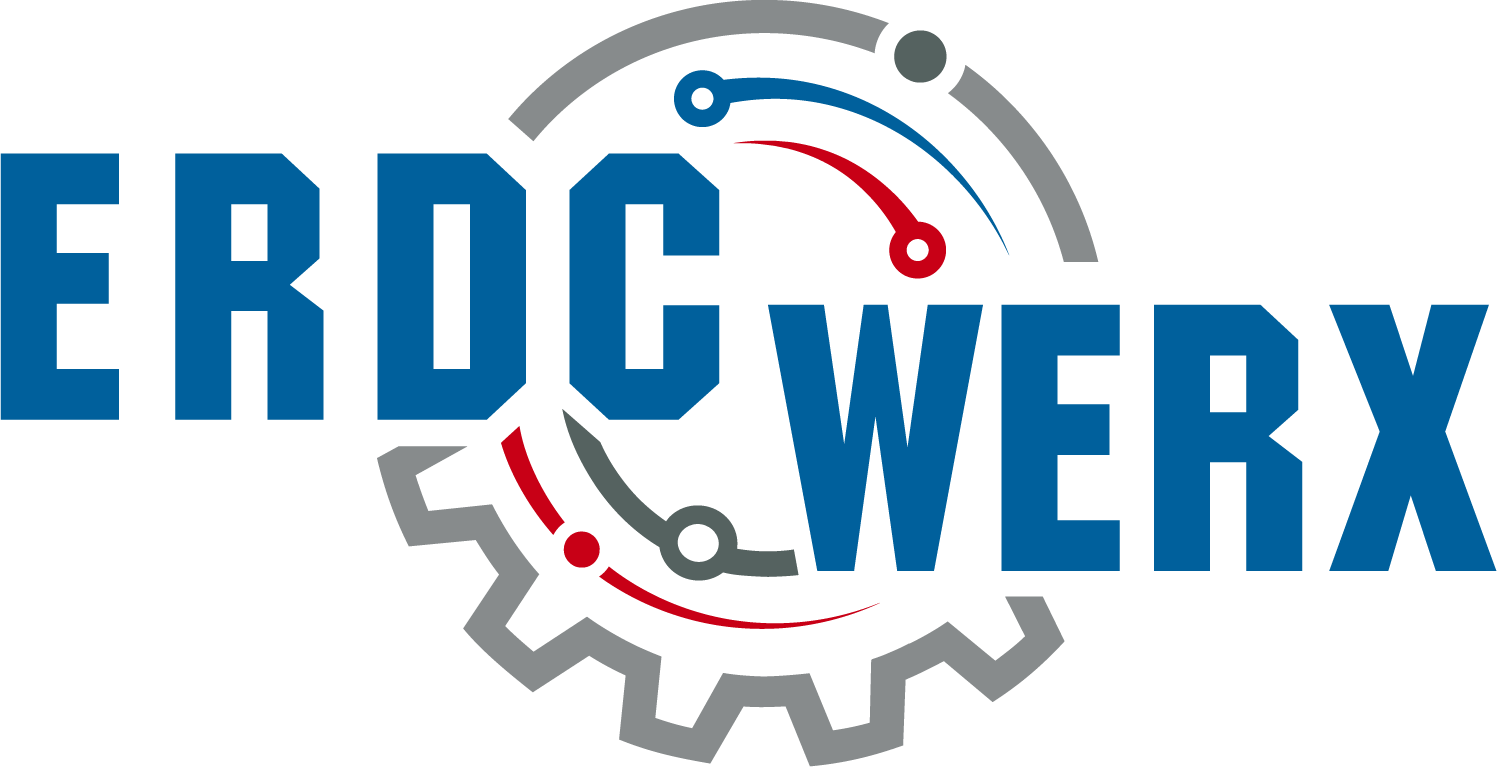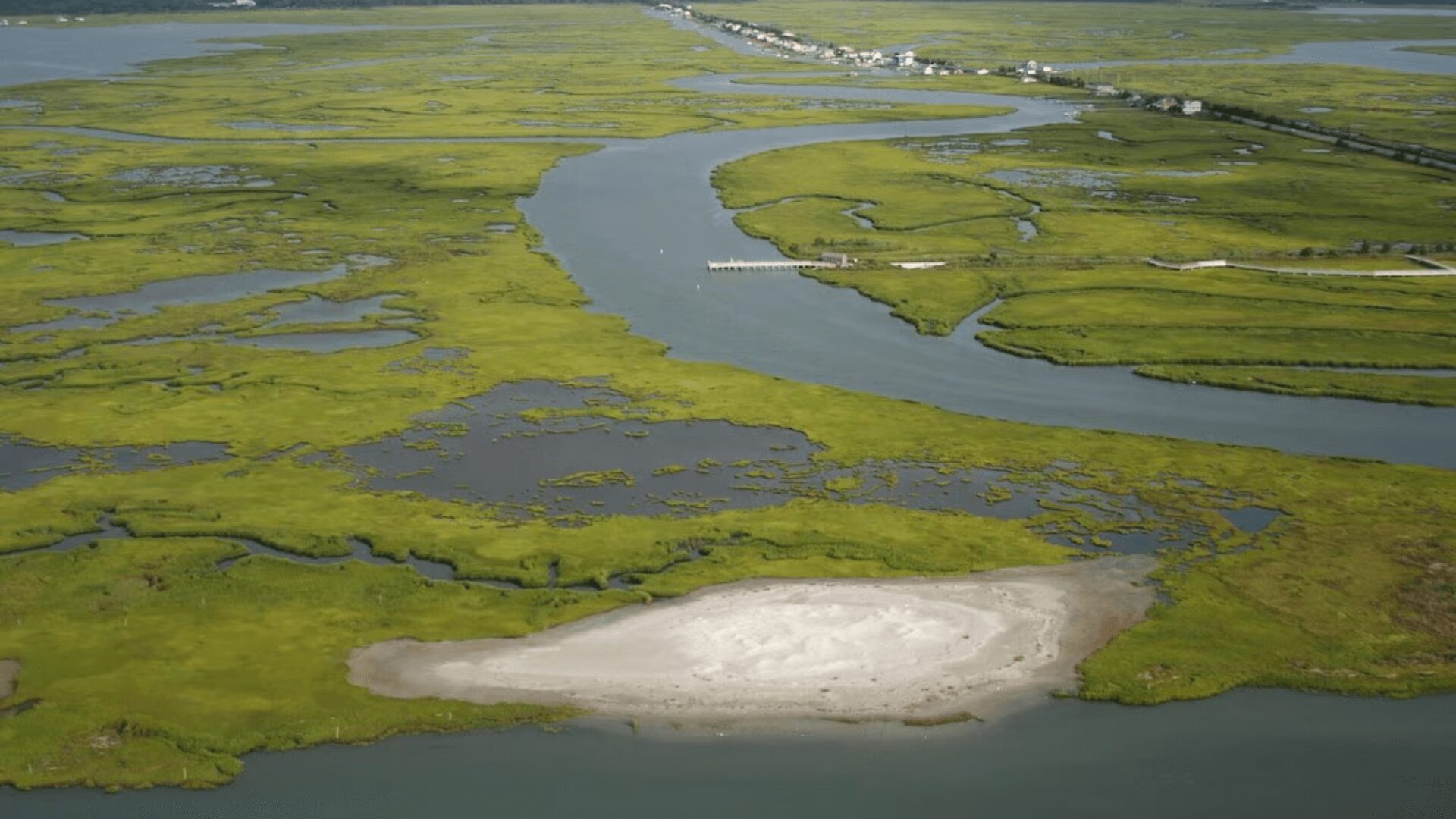Overview
The U.S. Army Engineer Research and Development Center (ERDC)’s Coastal and Hydraulics Laboratory (CHL) seeks to identify and investigate the viability of solutions that incorporate aquatic vegetation seeds directly into dredged material in a system similar to hydroseeding prior to dredged material placement in wetland environments.
This is a Request for Information (RFI) only and any response is not an offer. This RFI does not commit the Government to pay any costs incurred in preparation of a response or guarantee a contract.
Project Manager
Coastal and Hydraulics Laboratory (CHL), U.S. Army Engineer Research and Development Center (ERDC)
Project Objective
This project seeks to replace hand-planting as the primary means of incorporating aquatic vegetation into Beneficial Use of Dredged Material (BUDM) projects when restoring wetlands. ERDC seeks to identify existing and/or novel applications for incorporating seeds directly into dredged material being placed to restore and/or create wetlands. Ideally, the seeds will be uniformly distributed across the surface of the placed material, allowing for rapid stabilization of aquatic vegetation while increasing resilience against environmental disturbances until colonization of native vegetation.
Background and Operational Scenarios
Marsh habitat restoration and creation are some of the major applications for BUDM within U.S. Army Corps of Engineers (USACE). Recently dredged material can become washed out if a storm or flooding event happens soon after wetland placement, driving up the costs to re-fill these zones. Consequently, numerous districts rely on hand planting practices for marsh restoration projects, both labor-intensive and costly due to the extensive person-hours required and the difficulty of manual planting.
To improve the success of marsh and habitat creation/restoration, rapid sediment stability and vegetation succession are essential. One promising approach is to mix select rapid-growth seed variations directly into the dredged slurry during placement. This could help stabilize the BUDM more quickly, reduce reliance on direct planting, and lower costs. It is anticipated that a hydroseeding-like device could be adapted to a dredge or dredge-outfall pipe, allowing seeds to be incorporated directly into the dredged material during placement, potentially improving the efficiency and cost-effectiveness of marsh restoration projects.
Requirements
ERDC-CHL’s project team is seeking information regarding equipment and/or application processes by which seeds can be directly incorporated into dredged material prior to placement. This may include the usage of a mixing tank or hopper device on the end of the dredge outfall pipe. Of particular interest are existing hydroseeding solutions and current industry capabilities.
Estimated Government Funding Profile
There is no funding available for this project.
Estimated Period of Performance
Estimated 6 months to a year for completion
Expected Result
ERDC gains an understanding of the available and/or novel solutions for adapting a hydro-seeding like device to incorporate seeds directly into dredged material prior to placement on a wetland.
Notional Project Schedule
Proposed project milestones include:
| April 30, 2025 | Project Announced, Submissions Open |
| May 20, 2025 | Question Period Ends, FAQ Document Finalized |
| June 17, 2025 | Submissions Close (Deadline Extended) |
| June 21-31, 2025 | Review Period, Virtual Pitch Hosted (if needed) |
*If needed; dates may vary to accommodate project team and participant availability.
How to Participate
- Review FAQs
- Once solution is ready to submit, complete the submission form
Questions: Please send all technical and administrative questions using this form. Q&A will be updated periodically. It is the responsibility of the offeror to review Q&A prior to submitting.


